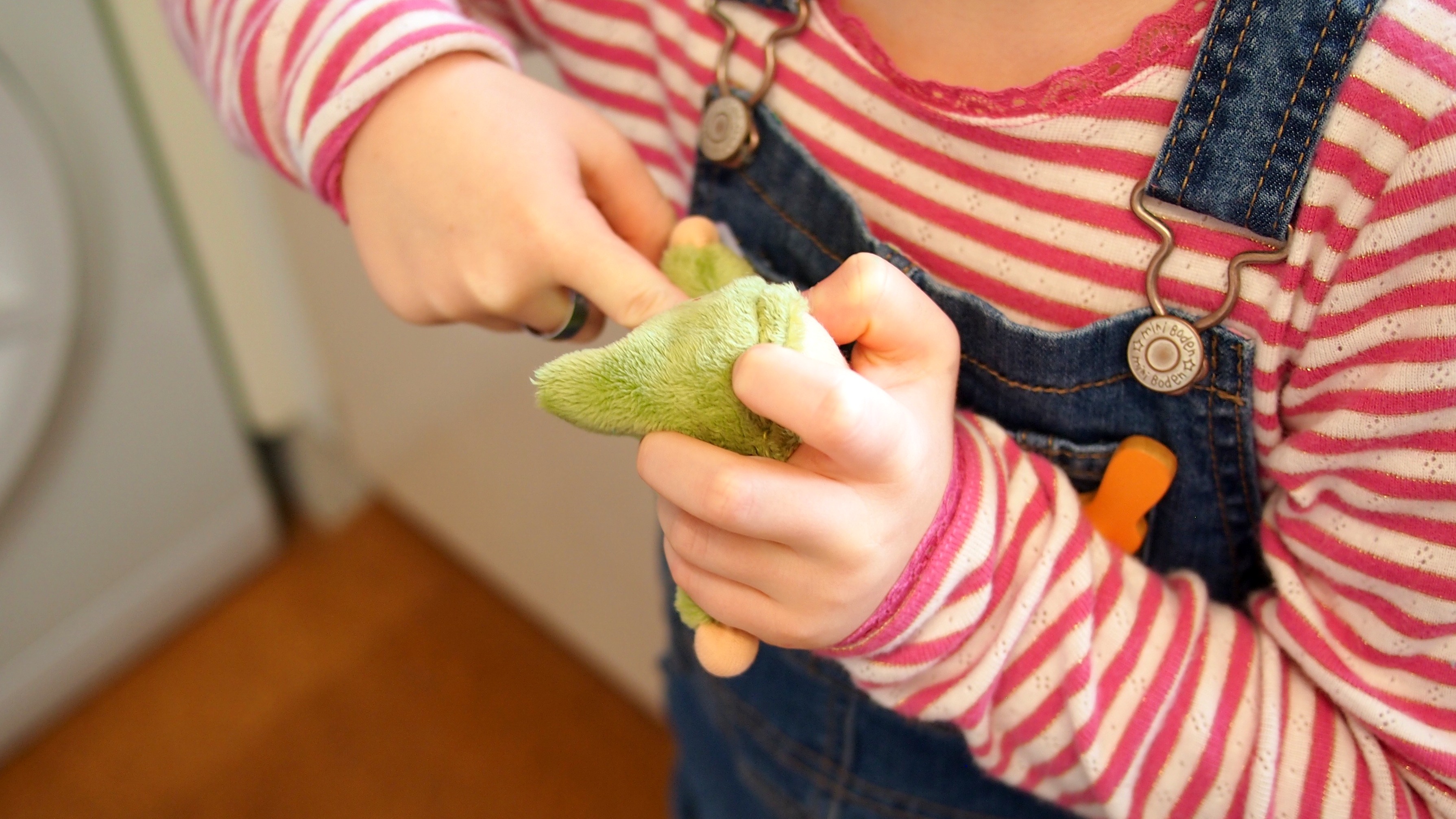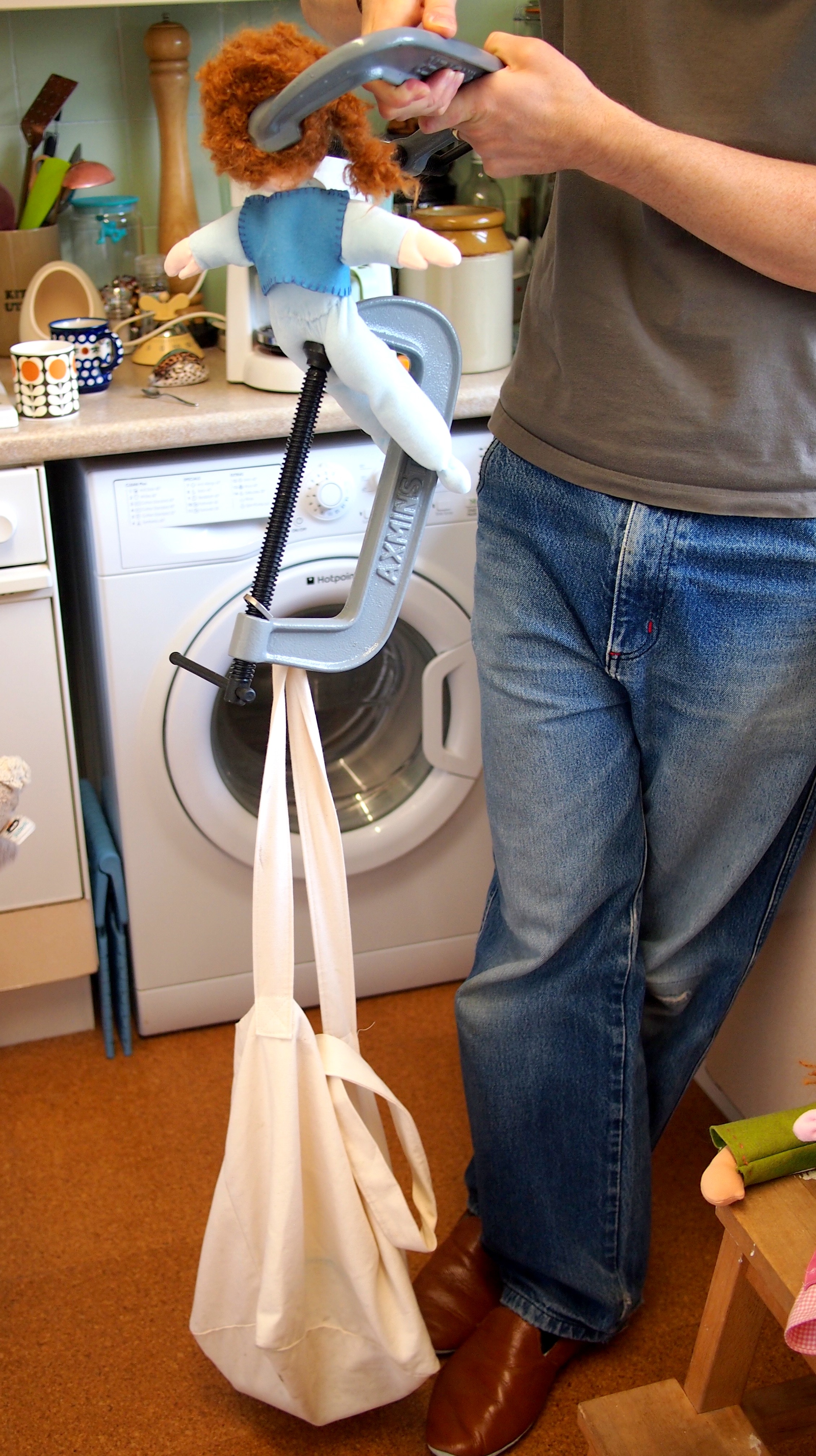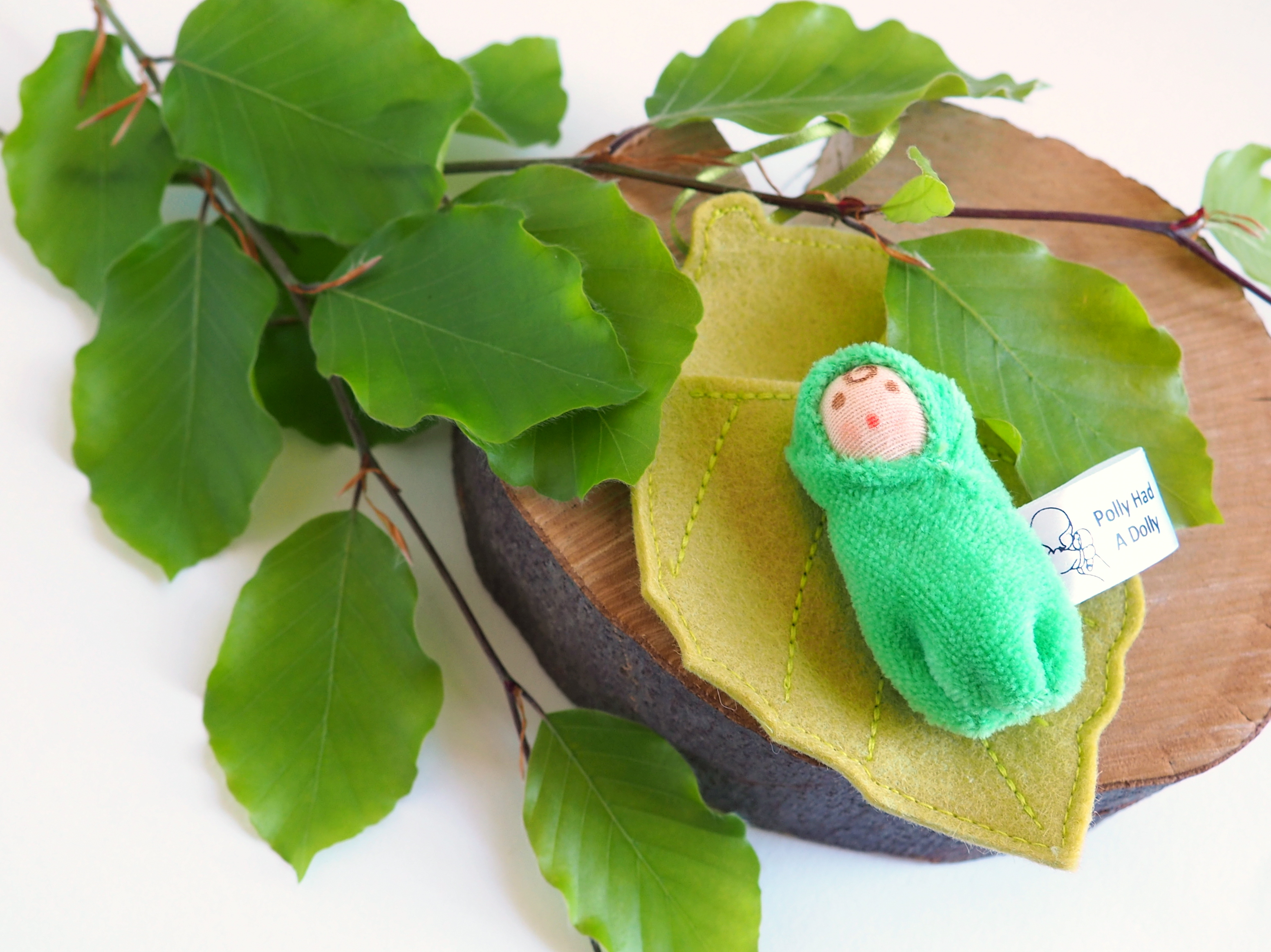When I first thought about making dolls to sell my lovely Father-in-Law flagged up that I was entering a minefield of CE marking. He is an expert in all things trading standards and knew what large manufacturers have to do – sending toys off to testing houses – an expense unaffordable to a home maker.

Unable to let my dream die I was sure there must be a way and thank goodness for the internet. I soon stumbled across a brilliant Facebook group of toymakers and I realised that homemakers can easily and affordably test their toys, and a testing company even has a pack we can download to walk us through it, click here for more information.
I sell at a lot of craft fairs where toys aren’t CE marked, buyers aren’t aware of its importance and how simple it is to do at home, and makers don’t think it applies to them. It applies to everyone who makes toys for sale – including charity sales – and it is there to keep our children safe. The people who organise craft fairs or run local shops, must ensure that the toys on sale are CE marked – if not they can be held responsible too.

How awful would you feel if your make harmed, or even killed a child? Children and babies can choke on toy stuffing or get strangled in long cords; they suck cuddlies so are you sure the materials you use are free from harmful chemicals? How quickly would the toy catch fire if the child accidentally dangled it over a candle, is there enough time for them to drop it? The CE mark is there to test all these risks and more.
Trading standards do visit craft fairs and do have the power to seize any untested toys, or ask to see proof of CE testing, all you hard work could just disappear!
The CE mark is for a European standard, EN71, but this is harmonised with our British standards so no matter what happens in the future it still applies. I also sell worldwide and this standard covers me for all my European sales.
There are three parts to the test, I will briefly break them down as I understand them, but please seek out the great Facebook group and purchase the pack from Conformance to test your own toys.
EN71-1
This part is to test that our toys can stand up to Sid from Toy Story. The Conformance pack walks you through the variety of tests, a test to twist, and test to mimic two children having a tug of war, a test to mimic a child trying to poke their finger down a seam and so on. The toys also have to withstand a washing test – and then you repeat the tests afterwards.
Here’s some photos from testing my dolls:




EN71-2
This is another two part test, we have to do it once before we wash the toy and again afterwards. Basically we have to hold a flame of a certain height under the toy for 3 seconds – and then measure how quickly it burns to make sure it doesn’t burn too quickly – giving the child chance to drop the toy and move away.
The majority of my dolls, stuffed with wool, don’t even catch fire in the required 3 seconds, and when the flame is held longer (so I can check how quickly my doll would burn) they self extinguish. Various materials – polyester, cotton, wool, silk – all burn differently so its important to test the finished toy, size also makes a difference too.
I hate doing this test, but I remember what happened to Claudia Winkleman’s daughter at Halloween and stuffed cuddlies being burnt is a thousand time better than a child!
EN71-3
This is the bit we can’t do ourselves – chemical testing the fabrics and materials we use to make our toys. It costs around £53 per fabric test, so if you think about all the components it soon adds up (fabrics, thread, yarn). Internal components are excluded but most of us use stuffing that has been tested too. Again, the Facebook group to the rescue, we can purchase test results between us and it works out around £6 a test – teamwork!
Obviously, in an ideal world we would have every single colour and print tested, but as this is expensive, and therefore impossible, we use due-diligence to apply a test across a manufacturer’s colour range.
I hope this helps to explain to you why CE marking is so important – and next time you are at a craft fair don’t forget to ask whether the toys on sale have been CE tested before you buy!

This is brilliant! Can I save your article and use it with my DT class when we talk about testing?
LikeLike
Oh that would be great Becca. I was thinking it would make great school project to design and make and test a toy!
LikeLike
[…] As with all my dolls each one is fully CE marked – this means they have under gone a series of physical, flammable and chemical tests to ensure they are safe for play – find out more —-> […]
LikeLike